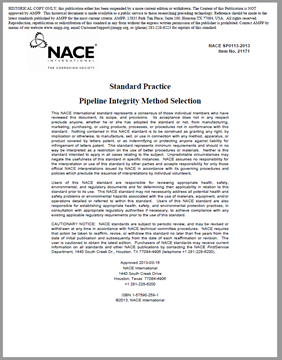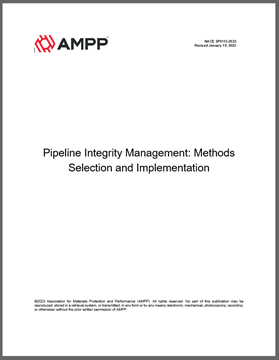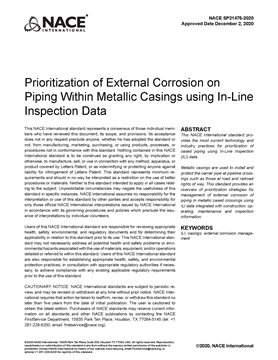Search
Products tagged with 'ili'
View as
Sort by
Display
per page
NACE Publication 21410-SG Selection of Pipeline Flow and Internal Corrosion Models
Product Number:
21410-SG
ISBN:
1-57590-353-9
Publication Date:
2016
$109.00
NACE SP0113-2013, "Pipeline Integrity Method Selection"
Product Number:
21171-SG
Publication Date:
2013
$179.00
NACE SP0113-2023, Pipeline Integrity Management: Methods Selection and Implementation
Product Number:
NACE SP0113-2023
Publication Date:
2023
$109.00
Non-metallic Slurry Pipelines in Oil Sands - Challenges and Potential Solutions
Product Number:
51323-19483-SG
Publication Date:
2023
$20.00
Optimization of Internal Corrosion Assessments in Crude Oil Pipelines with Internal Corrosion Predictive Model
Product Number:
51321-16180-SG
Publication Date:
2021
$20.00
Prioritization of External Corrosion on Piping Within Metallic Casings using In-Line Inspection Data
Product Number:
SP21475-2020
Publication Date:
2020
$109.00
Screening For Selective Seam Weld Corrosion and Long Seam Anomalies in ERW Pipe Using ILI Data. A Case Study
Product Number:
51323-19476-SG
Publication Date:
2023
$20.00
Validating EMAT Performance With An Operator
Product Number:
51321-16727-SG
Publication Date:
2021
$20.00








